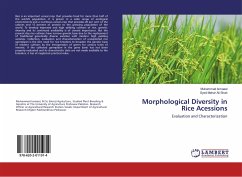
Morphological Diversity in Rice Acessions
Evaluation and Characterization
Versandkostenfrei!
Versandfertig in 6-10 Tagen
24,99 €
inkl. MwSt.

PAYBACK Punkte
12 °P sammeln!
Rice is an important cereal crop that provides food for more than half of the world's population. It is grown in a wide range of ecological environments and a nutritious cereal crop that provides 20 per cent of the calories and 15 percent of protein to the growing population of the world. To develop improved and high yielding cultivars of rice, genetic diversity and its continued availability is of utmost importance. But the present day rice cultivars have narrow genetic base due to the replacement of traditional genetically diverse varieties with modern high yielding varieties. Collection, ev...
Rice is an important cereal crop that provides food for more than half of the world's population. It is grown in a wide range of ecological environments and a nutritious cereal crop that provides 20 per cent of the calories and 15 percent of protein to the growing population of the world. To develop improved and high yielding cultivars of rice, genetic diversity and its continued availability is of utmost importance. But the present day rice cultivars have narrow genetic base due to the replacement of traditional genetically diverse varieties with modern high yielding varieties. Collection, evaluation and characterization of unexploited rice germplasm is the dire need for rice breeders to broaden the genetic base of modern cultivars by the introgression of genes for various traits of interest. If the collected germplasm in the gene bank has not been properly evaluated and its characteristic data are not made available to the breeders, it has of neglected practical value.



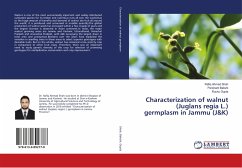
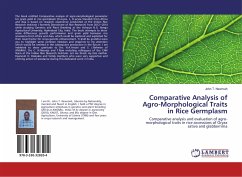
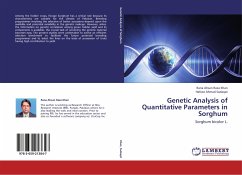

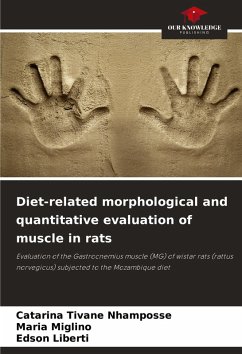
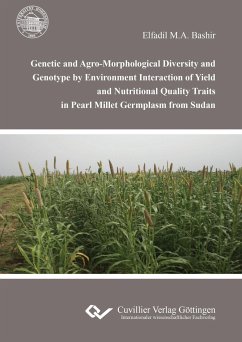
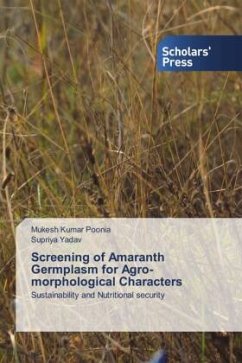

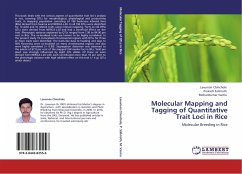
![Diversity analysis of Sweet Potato (Ipomoea batatas [L.] Lam) Cover Diversity analysis of Sweet Potato (Ipomoea batatas [L.] Lam)](https://bilder.buecher.de/produkte/57/57009/57009757n.jpg)